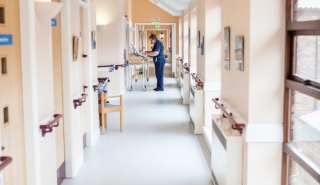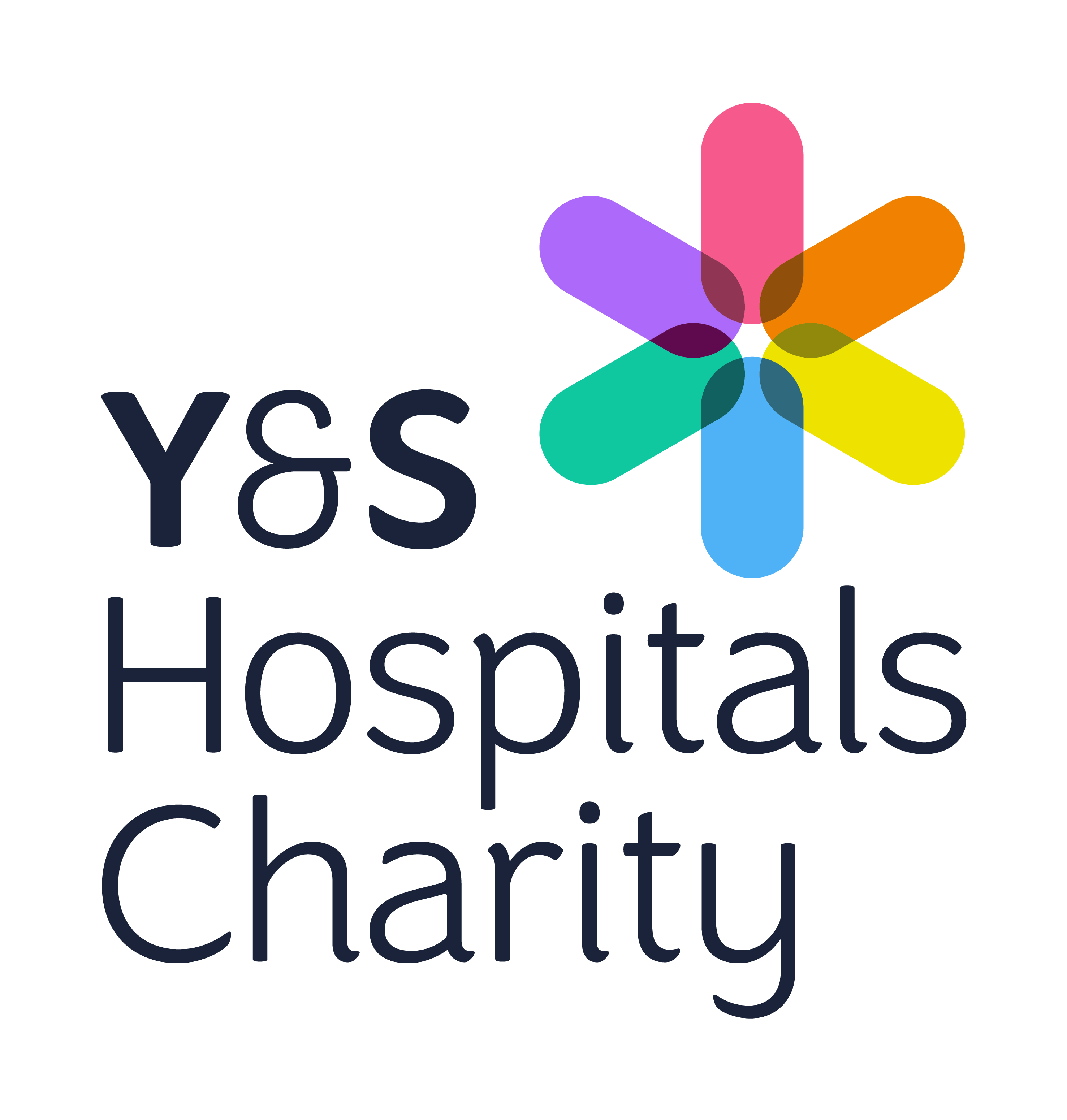In this section
Group A Strep (GAS) and Scarlet Fever
Over winter, viruses circulate and it’s normal for children to become ill with a sore throat, runny nose, or cough. This usually resolves without needing any special treatment or medicine. Occasionally, children can develop a bacterial infection on top of a virus, which may make them more unwell.
One type of bacteria is Group A Strep, also known as GAS, which you may have heard about in the news recently. Understandably, parents are worried their child may become seriously unwell, but these cases are very rare.
GAS usually causes a mild illness with symptoms like a fever and sore throat. Your child may be poorly for a few days but will feel better quickly.
Sometimes, GAS can cause Scarlet Fever, which will need to be treated with antibiotics.
Symptoms of Scarlet Fever include a sore throat, headache, and fever, along with a fine, pinkish or red body rash with tiny, rough pimples that feel sandpapery. On darker skin the rash can be more difficult to see, but the skin will have a sandpapery feel.
If you are worried your child has Scarlet Fever, contact NHS 111 or your GP, and keep your child at home to avoid spreading the infection to others.
Most children with GAS or Scarlet Fever will get better with treatment. Unfortunately, very occasionally, the bacteria that causes GAS can enter into the blood stream and cause a more severe infection.
As a parent, you know your child best. If you feel your child seems seriously unwell, or is not getting better with treatment, trust your judgement. Here are the symptoms to look out for, and when to seek further advice:
Contact NHS 111 or your GP if your child:
- Has a temperature lasting more than 5 days
- Is feeding or eating much less than normal
- Has had a dry nappy for 12 hours or more
- Is showing signs of dehydration
- Feels sweaty or hotter than usual
- Is drowsy or irritable
Call 999 or go to A&E if your child:
- Is having difficulty breathing
- Is taking long pauses (more than 10 seconds) between breaths
- Has a blue tongue, lips, or skin
- Feels very cold or clammy
- Is difficult to wake up or keep awake
- Has severe pains in their arms, legs, neck, or back
- Has a painful red area of skin that is getting bigger quickly
08 December 2022






